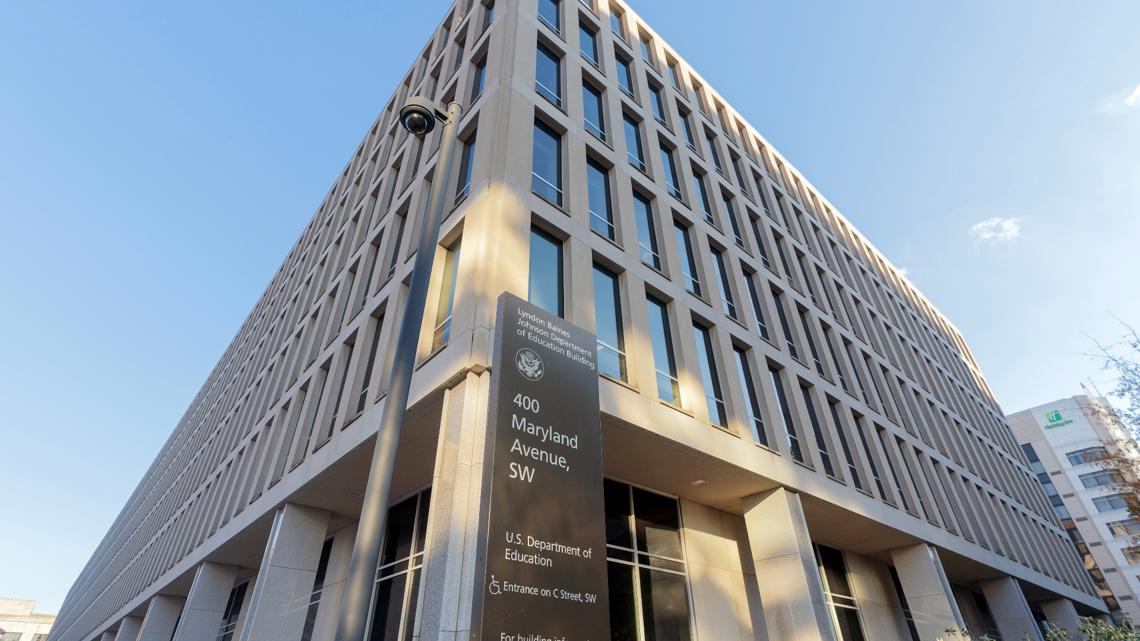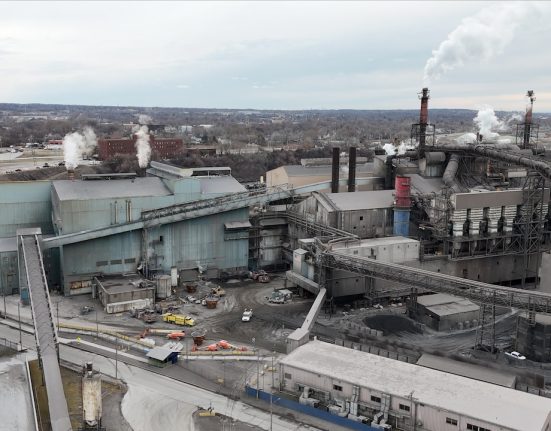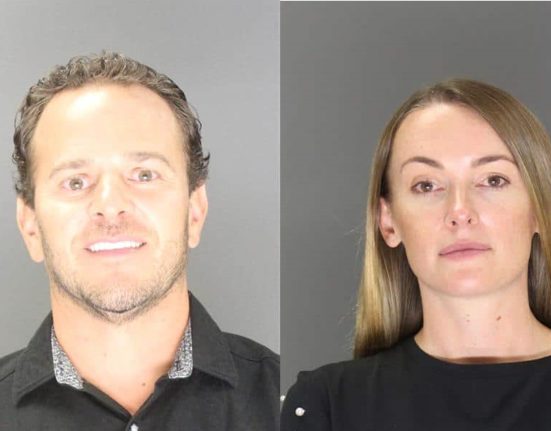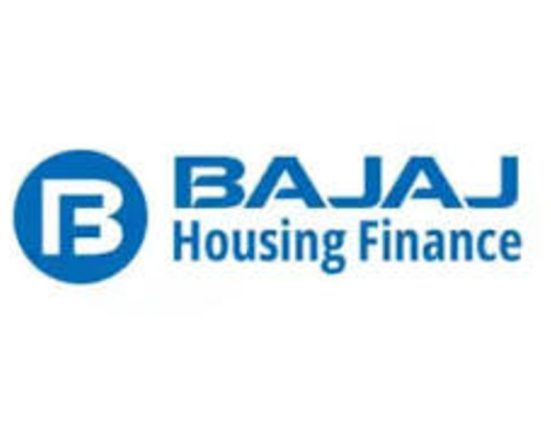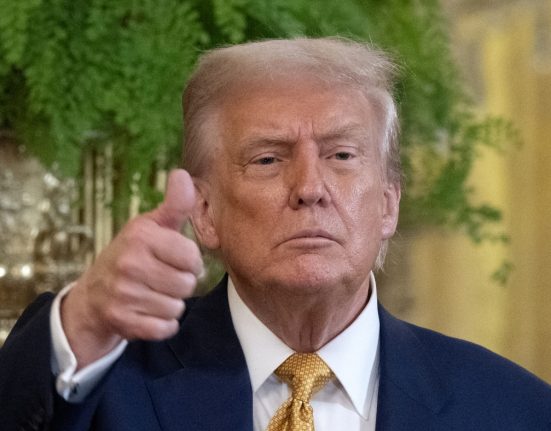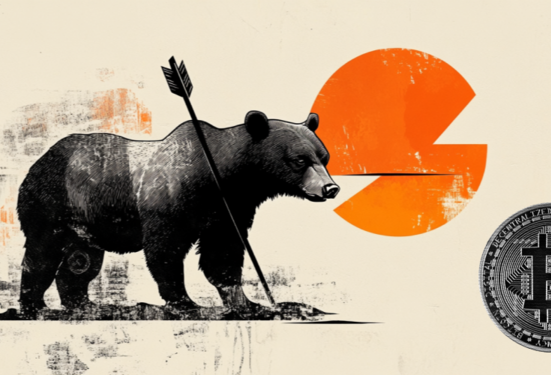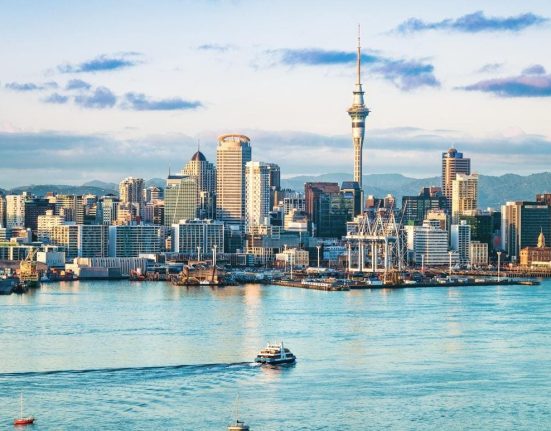Nothing in any recent court rulings requires the department to halt debt forgiveness under IBR, and it’s unclear why the federal government has paused it.
WASHINGTON — The U.S. Department of Education has quietly suspended a student loan forgiveness plan that was until recently the only plan not subject to any legal challenges or court injunctions.
The Income-Based Repayment plan, referred to as IBR, is one of several plans offered by the federal government that are based on how much a borrower earns. But Republicans have challenged nearly all forgiveness plans aside from IBR, putting federal borrowers in a state of limbo.
In a July 8 update to the Dept. of Education’s website, the agency confirmed that forgiveness was being paused, but gave no indication of when it might resume.
“Currently, IBR forgiveness is paused while our systems are updated to accurately count months not affected by the court’s injunction,” the notice reads. “IBR forgiveness will resume once those updates are completed.”
Why is debt forgiveness being paused?
In 2024, a group of Republican-led states filed a lawsuit to stop a Biden-era policy known as the SAVE plan, which the former president’s administration tried to use to provide relief to millions of borrowers. A federal appeals court issued an injunction blocking the plan from taking effect while the lawsuit played out in the courts.
While not related directly to the IBR, the ruling raised questions about whether federal guidelines allowed loan forgiveness. The same statute that drove the SAVE plan is at the core of IBR.
The difference is that IBR was created by Congress, and specifically authorizes the federal government to forgive student loans under its jurisdiction at the end of a 20 or 25-year repayment term.
The pause may be related to a federal court ruling earlier this year. In its updated guidelines, the Dept. of Education notes that they temporarily paused applications for income-based repayment plans after the February ruling that expanded the injunction against the SAVE plan to include some underlying statutes governing federal loans.
But nothing in the court’s ruling requires the department to halt student loan forgiveness under IBR, and no court has taken up a legal challenge to stop debt forgiveness under the program.
What can borrowers do?
Borrowers who have hit the 300-payment threshold for loan forgiveness have limited options available to them. For now, they can continue making payments under the IBR, hoping to get a refund once their loans are forgiven.
According to Forbes, payments made over the threshold should be eligible for a refund at some point in the future.
Borrowers can also contact the loan servicer in charge of their debt to request a forbearance to suspend payment while they wait for a discharge from the federal government. But during a forbearance, interest would continue to accrue on their remaining debt balance, and it’s unclear how long the pause will last.

